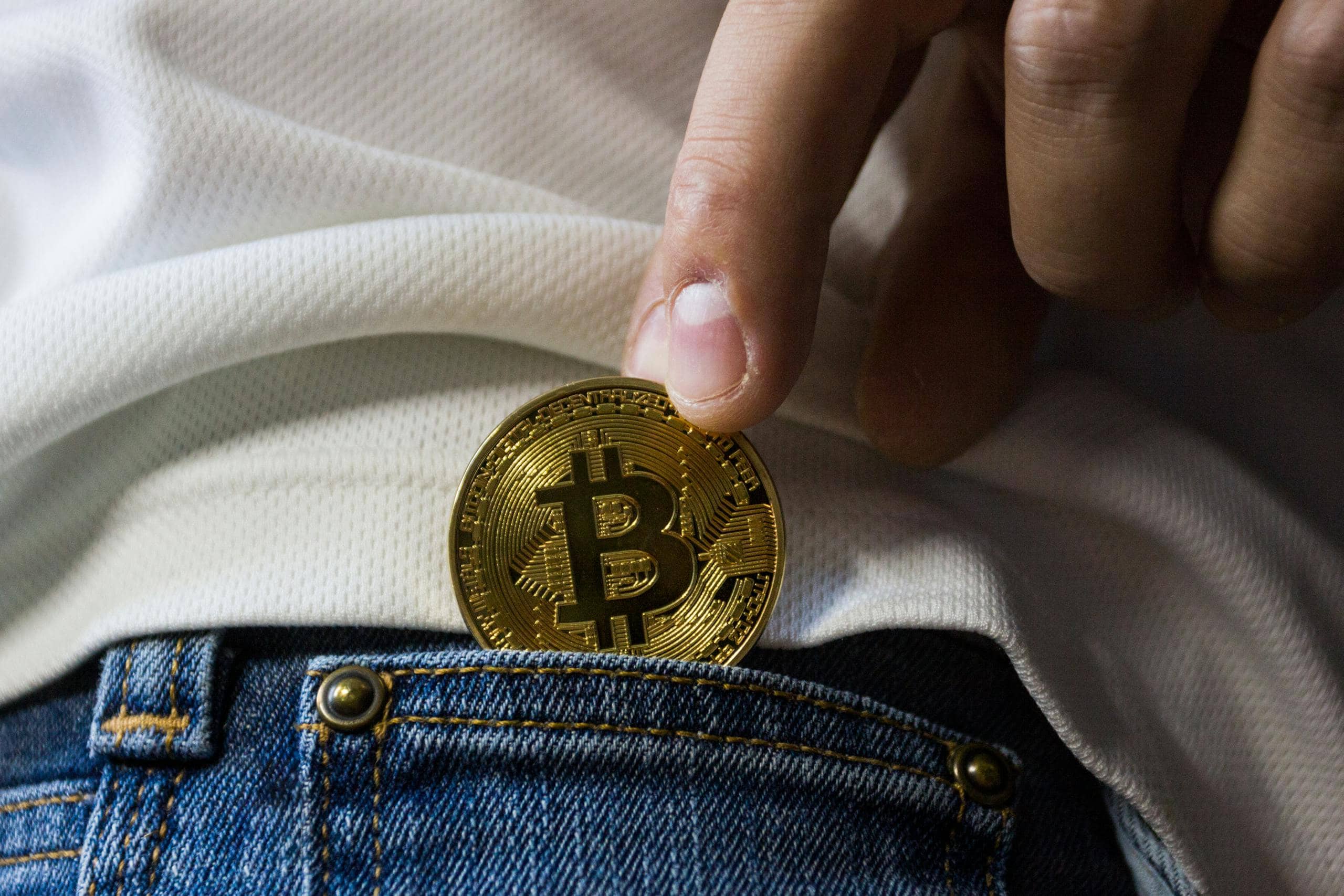Why Bitcoin Loans Are Gaining Ground as Homeowners Seek Fast, Flexible Credit

The front door sticks. The boiler rattles. There’s always something. Homeownership, for all its warm-toned triumph, often comes with a list of fixes that feel just urgent enough to ignore until they’re not. A new roof, a second bathroom, some insulation that doesn’t hiss every time the wind picks up—none of it comes cheap. But turning to a traditional lender can be its own project. The paperwork is always long. The questions, longer. And the wait, slow enough to make you wonder if you should just start collecting buckets instead.
That’s part of why Bitcoin loans are catching on. Homeowners with digital assets are finding new ways to access credit without liquidating holdings or navigating an obstacle course of approvals. Crypto-backed loans offer a path that skips the bank altogether. You pledge your Bitcoin. You get cash. No need to sell, no need to explain your monthly takeaway budget. For borrowers looking for speed and flexibility, the trend makes sense, even if it still feels, to some, like financial science fiction.
The Rise of Crypto-Backed Lending in Home Finance
To understand the appeal, start with the problem. Traditional home equity loans involve appraisals, credit checks, forms thick enough to prop open a garage door. They take weeks, sometimes months. And that’s just to get a yes or no.
Bitcoin loans skip that. The idea is simple: if you hold cryptocurrency—Bitcoin, in particular—you can use it as collateral. The value of your holdings determines how much you can borrow. The asset stays in a secure account while you receive either fiat currency or a stablecoin equivalent. If you repay on time, you get your Bitcoin back. If the market turns and the value of your crypto falls too far, you might be asked to top it up or risk partial liquidation. Still, for those with digital assets and a time-sensitive repair list, it’s often worth the tradeoff.
What once felt fringe has edged closer to the middle. Homeowners aren’t just tech investors or weekend miners anymore. They’re teachers, freelancers, retirees. People with gardens, dogs, and now, wallets full of satoshis.
How Bitcoin Loans Work: Platforms and Processes
Think of it like pawning a watch you don’t want to sell. You hand it over, they hold it, you get money. When you return the loan, the watch comes back. But in this case, the watch is digital, insured, and held in a smart contract.
The key parts look like this:
- Collateral: You post your Bitcoin, usually at a loan-to-value ratio of around 40 to 50 percent.
- Loan Terms: You choose the repayment period, often between 12 and 36 months.
- Disbursement: Money is delivered quickly, sometimes within 24 to 48 hours.
- Repayment: Monthly or lump sum. Your collateral is returned when the loan is fully paid.
What makes it work is transparency. Every step is visible. There’s no call from a branch manager asking why you need the money. No human bottleneck at all, in many cases. It’s rules, written into code. And that, ironically, makes it feel more reliable to some.
Figure.com’s Solution: Speed, Security, and Tech Innovation
Not long ago, the idea of putting your house and your crypto in the same sentence felt strange. Today, it’s an emerging norm. The backend tech powering Bitcoin loans has become more robust. Regulated custodians hold the collateral. Smart contracts handle repayment. Identity checks and anti-fraud tools are baked in, not bolted on.
Instead of sending pay stubs and waiting for someone to misplace them, borrowers upload ID, connect a wallet, and get terms that feel refreshingly legible. For many, the appeal isn’t just the speed. It’s the lack of fuss. No sales calls. No mysterious fees. Just a screen that tells you how much you can borrow and when you’ll get it.
Security is a core part of the shift. Crypto-backed lending has grown up fast. Multi-signature wallets, regulatory oversight, and independent audits are part of the standard package. These aren’t handshake deals. They’re digital agreements with grown-up shoes on.
Market Trends, Data, and Real-World Examples
The timing isn’t accidental. Crypto prices, while volatile, have surged enough to make early holders feel flush. At the same time, inflation has made everything else more expensive—from plywood to plumbers. Homeowners who once thought of their Bitcoin as a long-term bet now see it as an active part of their financial toolkit.
In practice, this plays out in predictable ways. A family upgrades their HVAC without dipping into savings. A freelancer consolidates credit card debt while keeping their crypto intact. A couple renovates a kitchen with funds that arrived faster than the cabinet quote. It’s not about extravagance. It’s about flexibility.
And yes, the occasional Instagram post does get made. Hardwood floors photograph well.
Key Considerations and What’s Next for Homeowners
Of course, this isn’t a silver bullet. If you wouldn’t take out a loan against your car or your stocks, think carefully before doing it with Bitcoin. The risks are real. If the market turns sharply, your collateral may be liquidated. And because crypto isn’t insured like a bank deposit, there’s an added layer of personal responsibility.
That said, many platforms now include margin alerts and auto top-up options. Some even offer interest-only periods or flexible repayment terms. The aim is to make borrowing safer without making it slower.
For homeowners already immersed in the digital world, the experience is a natural extension of how they live. Bills paid online. Groceries ordered through apps. A little bit of social media to track the remodel.
The future will likely bring tighter regulation, clearer tax treatment, and perhaps even mainstream mortgage integrations. But even now, crypto-backed loans are more than a novelty.